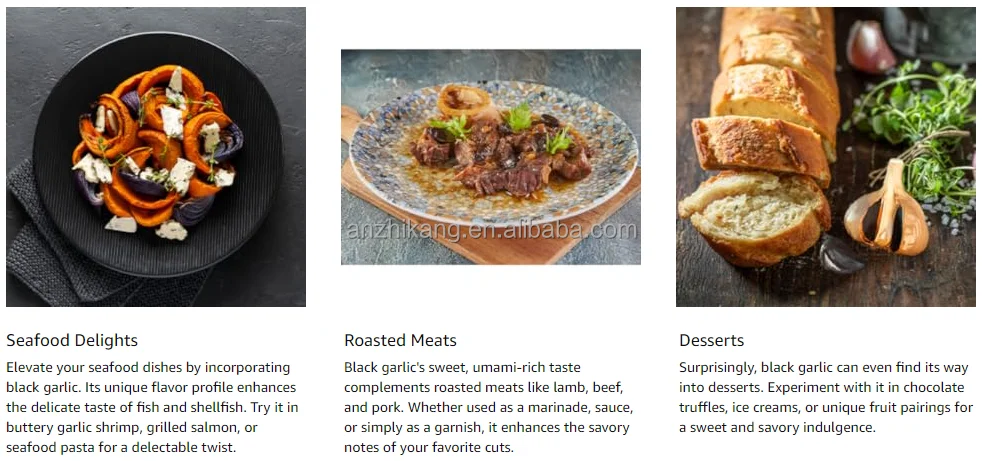Discover the Irresistible Shanklish Recipe: A Delightful Journey into Middle Eastern Flavors
Guide or Summary:What is Shanklish?The Allure of Shanklish RecipeKey IngredientsStep-by-Step Shanklish RecipeHow to Serve ShanklishFinal Thoughts on Shankli……
Guide or Summary:
- What is Shanklish?
- The Allure of Shanklish Recipe
- Key Ingredients
- Step-by-Step Shanklish Recipe
- How to Serve Shanklish
- Final Thoughts on Shanklish Recipe
#### Introduction to Shanklish
What is Shanklish?
Shanklish is a traditional Middle Eastern cheese that has been delighting palates for centuries. Originating from Lebanon and Syria, this unique cheese is made from fermented cow or sheep milk and is often rolled in aromatic herbs and spices. Its distinct flavor profile and crumbly texture make it a favorite among cheese lovers, and it’s a perfect addition to any mezze platter.
The Allure of Shanklish Recipe
The shanklish recipe is not just about making cheese; it’s an experience that brings together family and friends. The process of creating shanklish involves a beautiful dance of fermentation, seasoning, and aging, which results in a cheese that is both tangy and rich. Whether enjoyed on its own, paired with fresh vegetables, or incorporated into various dishes, shanklish is a versatile ingredient that can elevate any meal.
#### Ingredients for Shanklish Recipe
Key Ingredients
To create the perfect shanklish, you will need the following ingredients:
- Fresh cow or sheep milk (approximately 1 gallon)
- Rennet (as per instructions on the package)

- Salt (to taste)
- Dried herbs such as thyme and oregano
- Optional: crushed red pepper flakes for added spice
These ingredients are simple yet essential for crafting the authentic shanklish experience.
#### The Process of Making Shanklish
Step-by-Step Shanklish Recipe
1. **Milk Preparation**: Begin by heating the fresh milk in a large pot over medium heat until it reaches about 190°F (88°C). Stir occasionally to prevent scorching.

2. **Adding Rennet**: Remove the pot from heat and let it cool to around 110°F (43°C). Add the rennet according to the package instructions and stir gently. Cover the pot and let it sit undisturbed for 30-60 minutes until the milk curdles.
3. **Curd Separation**: Once the curds have formed, cut them into small cubes using a knife. Allow them to rest for another 10 minutes, then gently stir the curds while heating them to about 120°F (49°C) for 30 minutes.
4. **Draining the Curds**: Pour the curds into a cheesecloth-lined colander to drain off the whey. Gather the corners of the cheesecloth and tie them together, allowing the curds to drain for 1-2 hours.
5. **Seasoning**: Once drained, transfer the curds to a mixing bowl. Add salt to taste and mix well. For a traditional flavor, you can also incorporate dried herbs at this stage.
6. **Forming the Cheese**: Shape the curds into small balls or patties. Roll them in a mixture of dried herbs and spices for an extra flavor kick.
7. **Aging**: Place the formed shanklish in a cool, dry place to age for at least a week. The longer you allow it to age, the more pronounced the flavors will become.

#### Serving Suggestions
How to Serve Shanklish
Shanklish can be served in various ways. It is often enjoyed as part of a mezze platter alongside olives, fresh bread, and vegetables. You can also crumble it over salads or use it as a filling for pastries. Drizzle with olive oil and sprinkle with fresh herbs for an elegant presentation.
#### Conclusion
Final Thoughts on Shanklish Recipe
The shanklish recipe is a wonderful way to explore Middle Eastern culinary traditions. Its unique flavors and textures make it a delightful addition to any meal. Whether you’re a seasoned cheese maker or a curious beginner, making shanklish at home can be a rewarding experience that brings a taste of the Middle East to your kitchen. Enjoy the journey of creating this delicious cheese and share it with loved ones for a truly memorable dining experience.